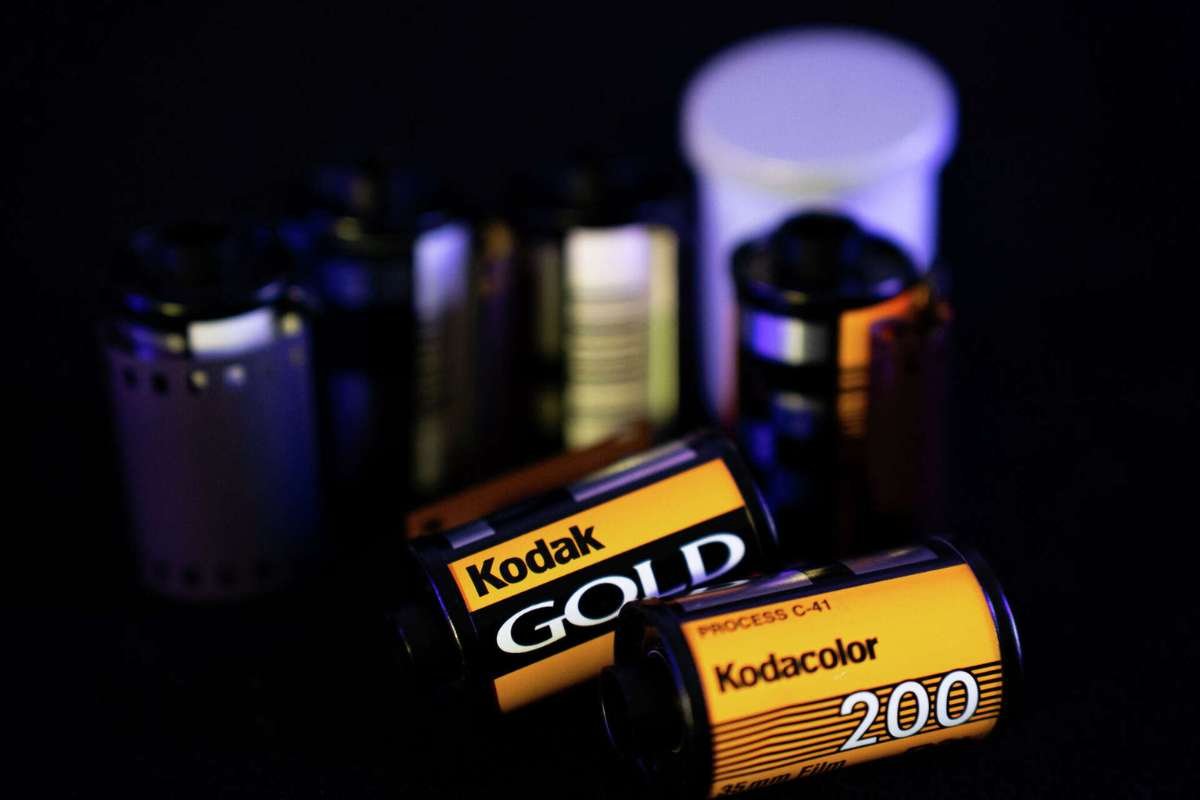The 133-year-old photography pioneer has warned investors of a potential Kodak shutdown, citing significant upcoming debt obligations and limited access to financing.
In its second-quarter earnings report released Monday, the company disclosed that it lacks “committed financing or available liquidity” to cover approximately $500 million in debt repayments. The filing stated that these conditions “raise substantial doubt about the company’s ability to continue as a going concern.”
Liquidity Challenges and Strategic Measures
Kodak said it is attempting to shore up its financial position by halting payments to its retirement pension plan, a move aimed at freeing up cash. Despite these challenges, the company noted that tariffs are unlikely to significantly affect its business, as many of its products — including cameras, inks, and film — are manufactured in the United States.
Kodak CEO Jim Continenza maintained a cautiously optimistic tone in the earnings release, stating, “In the second quarter, Kodak continued to make progress against our long-term plan despite the challenges of an uncertain business environment.”
In a follow-up statement to CNN, a company spokesperson expressed confidence in Kodak’s ability to “pay off a significant portion of its term loan well before it becomes due” and either amend, extend, or refinance remaining debt and preferred stock obligations.
However, the market reacted sharply to the news. Shares of Kodak (KODK) fell more than 25% in midday trading Tuesday, reflecting investor concerns over the company’s financial health.
From Market Leader to Struggling Icon
Founded in 1892, Kodak’s origins date back to 1879, when founder George Eastman patented a plate-coating machine. The launch of the first Kodak camera in 1888 revolutionized photography, making it accessible to the mass market with the slogan, “You push the button, we do the rest.”
Kodak’s market dominance was unrivaled in the 20th century. By the 1970s, it held 90% of the U.S. film market and 85% of the camera market, according to The Economist. The brand became synonymous with consumer photography, and even inspired cultural references such as Paul Simon’s 1973 hit “Kodachrome.” Today, the threat of a Kodak shutdown underscores the dramatic shift from its former glory.
Ironically, Kodak invented the first digital camera in 1975 but failed to capitalize on the shift to digital imaging. As digital photography displaced film, Kodak’s core business eroded.
Bankruptcy and Reinvention Attempts
In 2012, Kodak filed for Chapter 11 bankruptcy protection, citing $6.75 billion in debt and more than 100,000 creditors. The restructuring drastically reduced its footprint, but the company retained certain profitable segments, including film production for professional photographers and the motion picture industry.
In 2020, Kodak briefly captured investor attention when the U.S. government selected it to pivot into pharmaceutical ingredient manufacturing as part of pandemic-related supply chain initiatives. The stock price surged so rapidly it triggered multiple trading halts. While the pharmaceutical push did not deliver lasting results, Kodak has continued exploring diversification opportunitiesamid growing concerns over a potential Kodak shutdown.
Current Business Outlook
Today, Kodak operates in multiple sectors, manufacturing films, chemicals, and printing solutions for commercial customers. The company also licenses its brand for various consumer goods. However, declining demand in traditional imaging markets, combined with the burden of significant debt, has created ongoing financial headwinds.
The recent disclosure of its liquidity shortfall underscores the urgency for Kodak to secure alternative financing or asset sales to maintain operations. Analysts note that potential strategies could include selling non-core business units, leveraging its intellectual property portfolio, or seeking strategic partnerships in growth areas such as commercial printing and specialty chemicals.
For now, the company’s survival hinges on whether it can refinance or restructure its obligations in the coming months. As a once-dominant brand that helped shape modern photography, Kodak’s struggle—and the looming risk of a Kodak shutdown—serves as a stark reminder of how rapidly shifting technology can redefine market leaders and how challenging it is to reinvent a legacy business model in today’s competitive global economy.
Visit Enterprise Wired for the most recent information.










